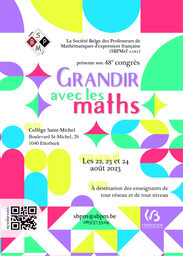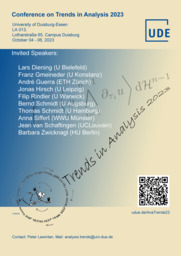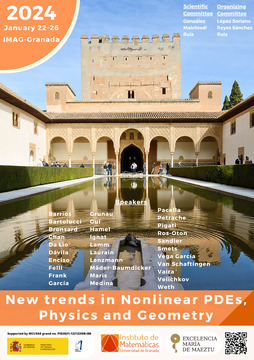Contents
Mappings between Riemannian manifolds of Sobolev type regularity arise naturally in problems of calculus of variations and partial differential equations motivated by physical models and geometric problems. Because of their nonlinear character, Sobolev spaces of mappings between manifolds have notable differences with the classical linear Sobolev spaces. For instance, topological quantitative and qualitative obstructions arise recurrently and nonlinear constructions are required to prove their properties. Typical strategies involve avoiding singularities by suitable composition on the domain that effectively reduces the dimension, propagating values on higher dimensional sets and bringing back some values onto the target manifold by a suitable projection.
This course will start from the approximation, extension and lifting problem for Sobolev maps, develop suitable nonlinear tools for their study and apply the latter to the solution of the problems. The approach will start from the perspective of mathematical analysis and will bring naturally some methods and concepts of homotopy theory for Riemannian manifolds.
Here is the tentative distribution of the material:
- Jan 20, 2019
- Linear Sobolev spaces and definition of Sobolev maps
- Jan 27, 2019
- Sobolev maps in the critical and supercritical case
- Feb 1, 2019
- Topological obstructions for the lifting, the approximation and the extension problems
- Feb 8, 2019
- Singular retractions for the extension and approximation problems
- Feb 15, 2019
- Analytical obstructions for the lifting and extension problems
- Feb 22, 2019
- Constructing liftings
- Mar 1, 2019
- The approximation problem: good cubes and bad cubes
- Mar 8, 2019
- Perspectives
Lecture notes
I am writing lecture notes for the course during the term and I will keep on the webpage an up to date version of the notes.
Lecture notes (as of March 7, 2019)Evaluation
If you want or need an evaluation, I ask you to some detailed solutions to the problems in the lecture notes and submit them to me at the end of the course. I expect you to solve 7 problems in different parts of the course and with different levels of difficulty and your report should not be longer then 10 pages.



